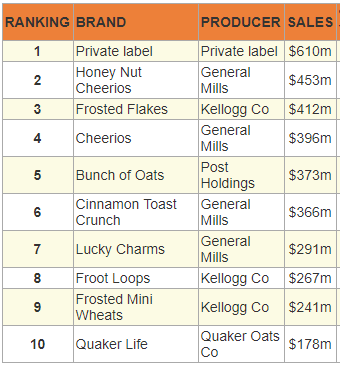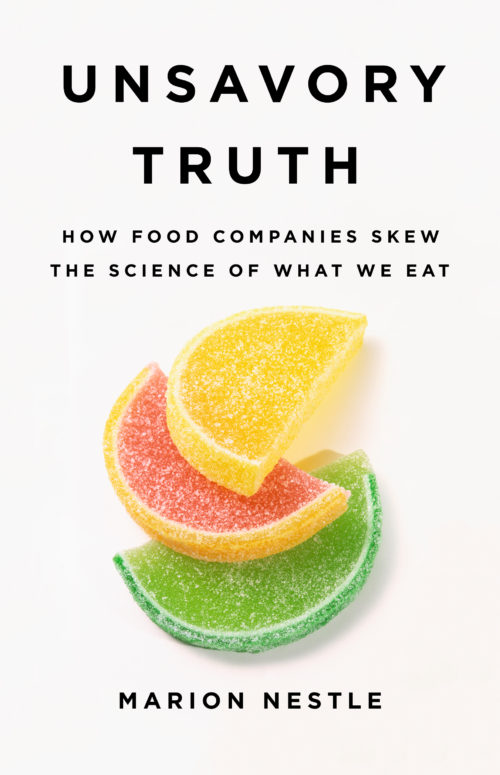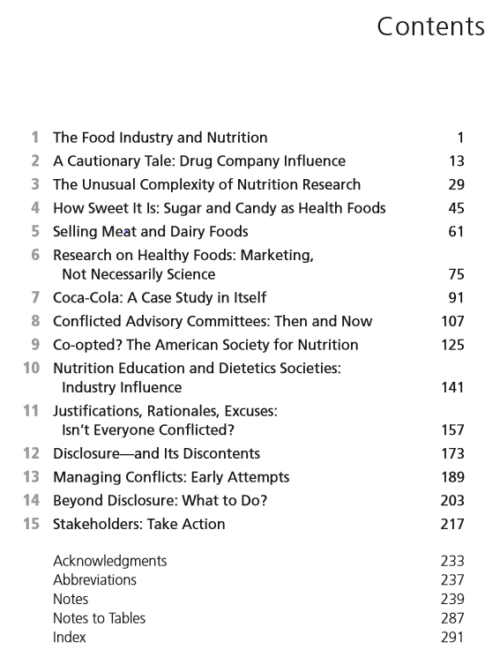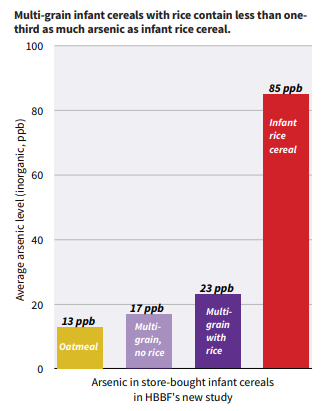Lucky Australians: Sandro Demaio’s The Doctor’s Diet
Sandro Demaio. The Doctor’s Diet. Pan Macmillan Australia, 2018.
I don’t usually say anything about diet books or cookbooks, and this is both, but Demaio is someone I know, the book is worth reading for its food systems approach to eating, and the proceeds go to charity:
Author royalties from the sale of this book will go to th Sandro Demaio Foundation to fund public health and nutrition projects across Australia.
What I like about the book is his straightforward, tell-it-like-it-is commentary on today’s food environment. Here’s what he says about snacks, for example.
A concept invented in the 20th century by the food industry simply to get us to eat more food and boost sales, snacking isn’t a natural part of a healthy diet, Snacking between meals is a major source of unwanted sugars, additives and calories for adults and kids alike…Avoiding snacks will improve your appetite for your next meal.
The book is full of tips for navigating the hazards of ubiquitous food marketing and his invitation to “come cook with me” demands a yes.
The book reminds me a lot of Sam Kass’s terrific Eat a Little Better.
Let’s hope there’s a U.S. edition soon (although he tells me it can be ordered here).







